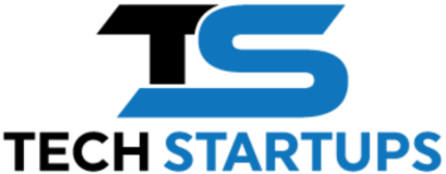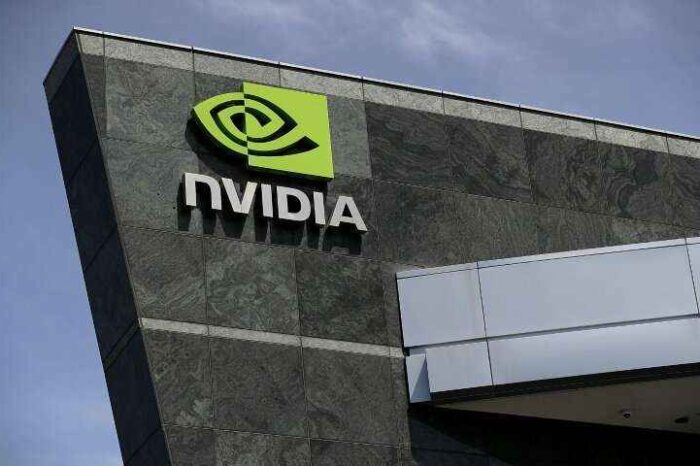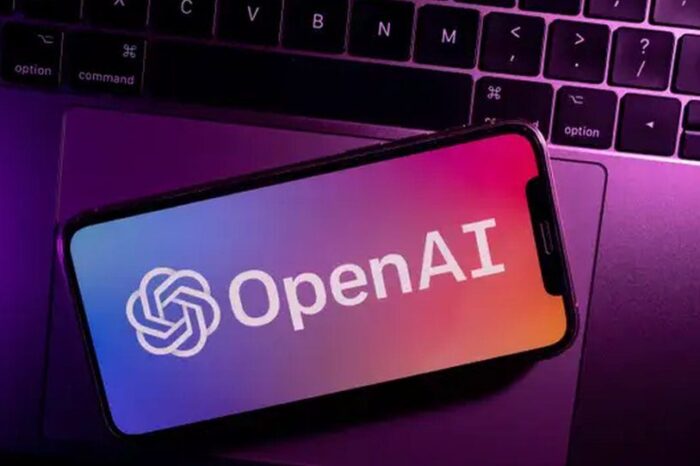IntuigenceAI unveils world’s first superintelligent AI engineer, raises $10M to solve labor shortage crisis
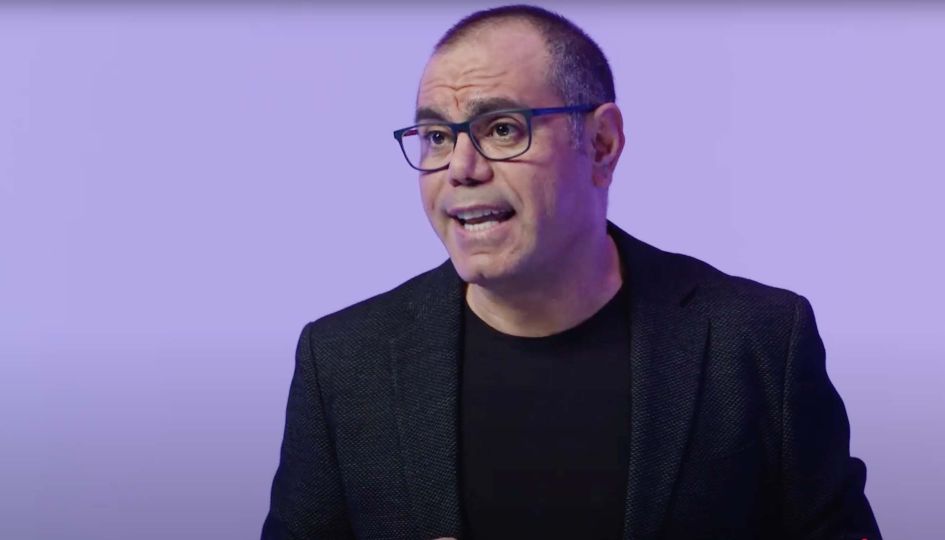
Every industrial project needs engineers. But finding them is getting harder, and training them fast enough isn’t realistic. That’s where IntuigenceAI thinks AI can step in.
The Berkeley-based AI startup just announced the launch of IntuiAI, a platform it calls the world’s first superintelligent AI-based engineer. Alongside the debut, IntuigenceAI revealed a $10 million seed round led by Innovation Endeavors, with participation from Recursive Ventures and Think+.
The company’s goal is ambitious: to ease a mounting global engineering shortage and help industries prevent expensive and sometimes catastrophic failures. According to CEO and founder Moe Tanabian, IntuiAI isn’t just another general-purpose model dressed up for industrial use. It’s built to be a true engineering assistant—trained on proprietary industrial data and specialized in real-world workflows that chemical, mechanical, and process engineers face daily.
Berkeley AI Startup Launches Synthetic Engineers to Combat Workforce Shortage, Secures $10M Seed Round
In benchmark testing, IntuigenceAI’s synthetic engineers achieved an 81% pass rate on the NCEES Professional Engineering exam for chemical and mechanical disciplines—beating both ChatGPT-4o and DeepSeek by more than eightfold. These AI agents, or “Intuigents,” are currently available for chemical and mechanical engineering, with others like civil, electrical, industrial, and materials engineering in development.
Fortune 100 companies are already piloting the platform, hoping to slash costs tied to repetitive workflows that drain engineering hours. The pitch is clear: what currently takes weeks or months can be compressed into hours or minutes, letting human engineers focus on problems that truly require intuition and deep domain expertise.
“Before Intuigence’s synthetic AI engineers, it was unimaginable that operational workflows can be automated so quickly. The industry is used to months, not hours,” said Ibrahim A-Syed, head of Digital Transformation at Celanese.
Doug Raven, a former senior engineer at Saudi Aramco, sees this as more than just productivity software. “There’s clearly a workforce shortage coming as experienced engineers retire,” he said. “IntuigenceAI can help companies capture their unique methodologies and institutional knowledge while enabling engineers to focus on higher value-added work like process innovation, optimization, and complex problem-solving.”
Imagine a World Where We Have 1 Billion Engineers
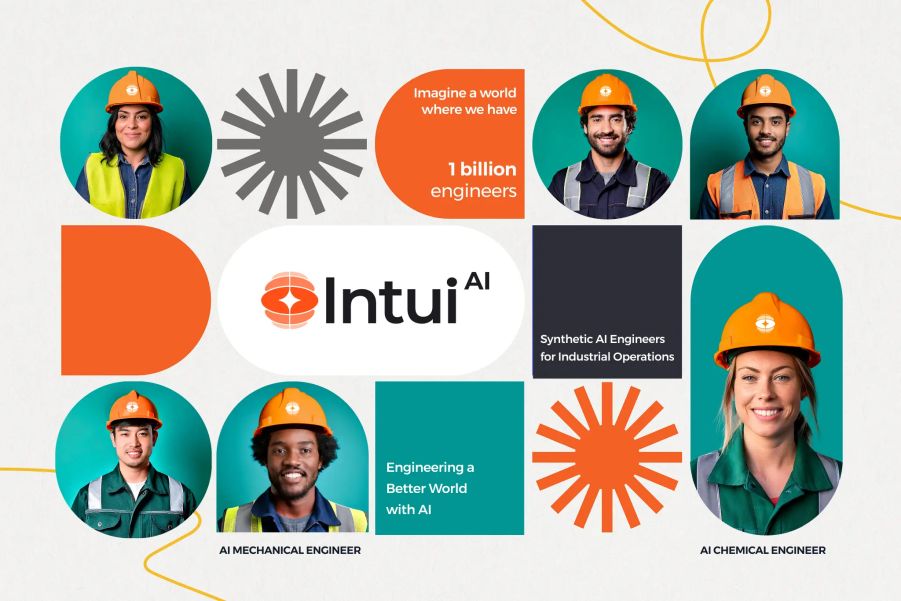
The timing might be spot on. The U.S. sees a new chemical accident roughly every 48 hours, according to the Coalition to Prevent Chemical Disasters. Infrastructure projects routinely overshoot budgets, and workers spend hours every week hunting down project data. The stakes are high, and Tanabian argues the solution isn’t to throw more humans at the problem, but to rethink how engineering is done.
“While AI has quickly revolutionized software development, using engineering-purpose AI for industrial workflows and data analysis has not been feasible until now,” said Tanabian, who previously held executive roles at Microsoft, Amazon, and Samsung. “We believe AI will be able to expand the global engineering capacity from 30 million to one billion engineers worldwide.”
The platform itself is built around the Intelligent Board, an AI workspace where engineers can upload schematics, equipment manuals, and live telemetry data from industrial systems. IntuiAI breaks the problem into parts, runs analysis through its trained agents, and offers recommendations. Human engineers remain in the loop—reviewing checkpoints, verifying decisions, and steering projects.
One use case: automating maintenance planning. Instead of manually gathering data, sourcing parts, and filling out technical isolation forms, IntuiAI handles the grunt work. Human engineers can then focus on strategic improvements like boosting plant yield or resolving nagging inefficiencies.
Microsoft is playing a key role in helping IntuigenceAI go enterprise-wide. Through integrations with Microsoft Fabric and OneLake, the company is offering deployments that can work within Fortune 500s’ existing infrastructure. The Intuigents can even join Microsoft Teams calls, analyze performance data live, and collaborate with field engineers mid-project. The models behind this include Azure OpenAI plus IntuigenceAI’s own fine-tuned LLMs and industrial knowledge graph, running entirely on Microsoft’s cloud.
“By integrating IntuigenceAI’s synthetic AI engineer with the Microsoft Fabric open data platform, we are addressing the critical workforce shortage in industrial sectors,” said Uli Homann, Corporate VP & Distinguished Architect at Microsoft.
The team behind the company is small—just 12 people—with backgrounds from Microsoft, Amazon, Meta, and the Berkeley AI Research Lab. But their ambitions are large. Tanabian talks openly about the broader impact of reaching a billion synthetic engineers. His vision includes speeding up advances in infrastructure, energy, water systems, healthcare, and even space exploration.
“We’re not just scaling engineering—we’re scaling human potential to solve problems that matter,” he said.
In early pilot programs, Intuigents have already begun showing their value. When equipment like a heat exchanger loses efficiency, the Chemical AI Engineer flags fluid composition issues while the Mechanical AI Engineer checks maintenance history. What once took weeks of back-and-forth now unfolds in real-time, in context, during a call.
Whether the industry will adopt synthetic engineers at scale remains to be seen. But if IntuigenceAI can continue to deliver results—and navigate safety, trust, and adoption hurdles—it could end up building more than just a business. It might reshape how engineering gets done.
